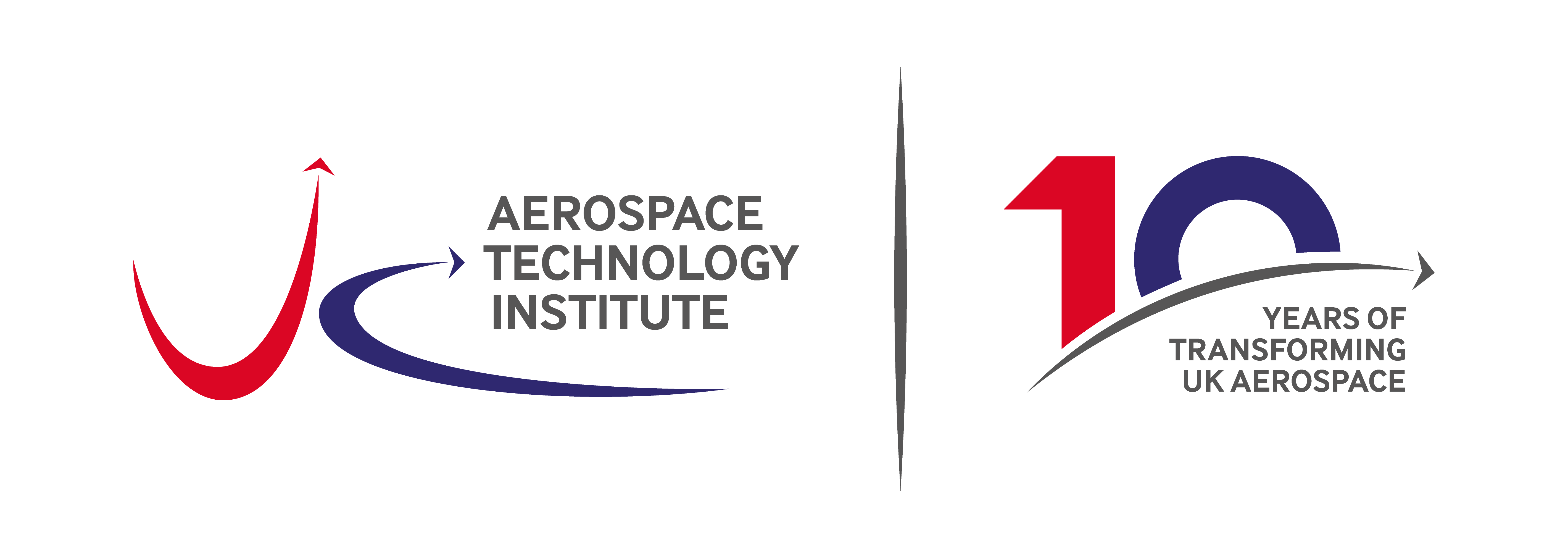Interview with Chris Gear: FlyZero reports
Chris Gear, project director, shares his thoughts ahead of the FlyZero reports landing next month.
NH: Twelve months since the start of FlyZero, what are your reflections as we look ahead to the reports being published?
CG: It’s been a herculean effort by everyone on the team. In just 12 months we have completed detailed research, created or future development, explored the operational and regulatory requirements and investigated the commercial aspects of hydrogen flight. We’ve also explored the manufacturing demands, examined the climate science and identified future requirements for airport and energy infrastructure. This has all been while working remotely so it’s testament to the team for the effort and dedication to tackle a difficult but vitally important subject.
NH: You mentioned the concepts, what have you learnt from the process of developing these?
CG: The concepts released so far have been iterations supporting our exploration of the technologies required to realise zero-carbon emission flight in a conceptual application. This has allowed us to assess the relevant trade-offs and identify the optimum configuration for next generation technologies. As an example thermal management is a key technology for hydrogen powered aircraft and there are opportunities to synergise the requirements for increasing and decreasing temperatures maximising efficiency and reducing weight. Every configuration comes with its own unique challenges which in turn will need further research and development but the concepts show we can be confident hydrogen has the potential to unlock zero-carbon emission air travel.
NH: What opportunities have you identified for the UK?
CG: Our latest report on UK Capability in Zero-Carbon Aircraft Technologies published in January identified dry wings, hydrogen gas turbines and cryogenic hydrogen storage and fuel systems as key opportunities for the UK aerospace sector to capitalise on. The UK has world-class capability in key elements of these technologies so there’s a real opportunity to get ahead of the game and develop these further ready for manufacture and supply for hydrogen powered aircraft. The FlyZero roadmaps we’ll publish next month will set out in detail the pathways for the development, testing and certification of the technologies we can expect to see on the aircraft of tomorrow.
NH: What else can we look forward to in the FlyZero reports?
CG: We’re aiming to provide a detailed, evidence-based vision for the future of zero-carbon emission air travel complete with the technical information, the opportunities for UK aerospace and its supply chain, operational considerations, regulatory requirements and much more. I mentioned earlier some of the research needs further development including in some areas of climate science where uncertainty remains high. This research happening in parallel with the development of the technologies required to realise zero-carbon emission flight is essential to eliminate carbon emissions while reducing non-CO2 impacts as much as possible.
My expectation is that UK aerospace, aviation and their supply chains will act on the findings from the FlyZero reports and apply these to their future strategies for zero-carbon technology development.

